Unsure if it is possible to leverage matplotlib's DivergingNorm for color maps under the framework of pandas Styler objects. As an example:
import pandas as pd
import matplotlib.cm
# retrieve red-yellow-green diverging color map
cmap = matplotlib.cm.get_cmap('RdYlGn')
# create sample pd.DataFrame
ix = pd.date_range(start=pd.Timestamp(2020, 1, 1), periods=4)
df = pd.DataFrame(index=ix, columns=['D/D CHANGE'], data=[-1, 0, 2, 5])
df.style.background_gradient(cmap=cmap)
Ideally only negative (positive) values would appear red (green).

